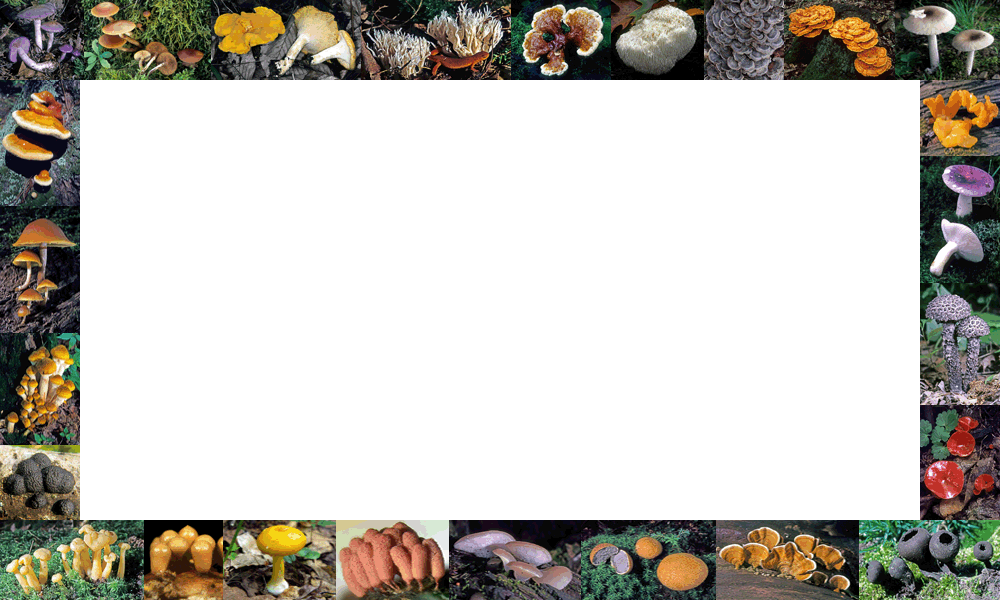General Structure |

|
|||
|
The vegetative body of all but the simplest fungi consists of a system of very finely branched, microscopic, thread-like structures called hyphae (singular: hypha). An entire mass of hyphae making up a particular fungus is known as a mycelium (plural: mycelia). The mycelium typically occurs in soil, leaf litter, or decaying wood, where the individual hyphae obtain the nutrients and water the fungus needs to grow. After a period of growth and under favorable conditions of temperature and moisture, the mycelium usually produces one or more specialized fruiting bodies, within or upon which the spores (literally the "seeds" of the fungus) are produced. The fruiting body of a fungus is somewhat analogous to an apple on an apple tree, since it is the fruit of the mycelium. Most fruiting bodies last for only a few days, but a mycelium may persist for a number of years. |
||||
| Continue | Go Back | Home | ||
